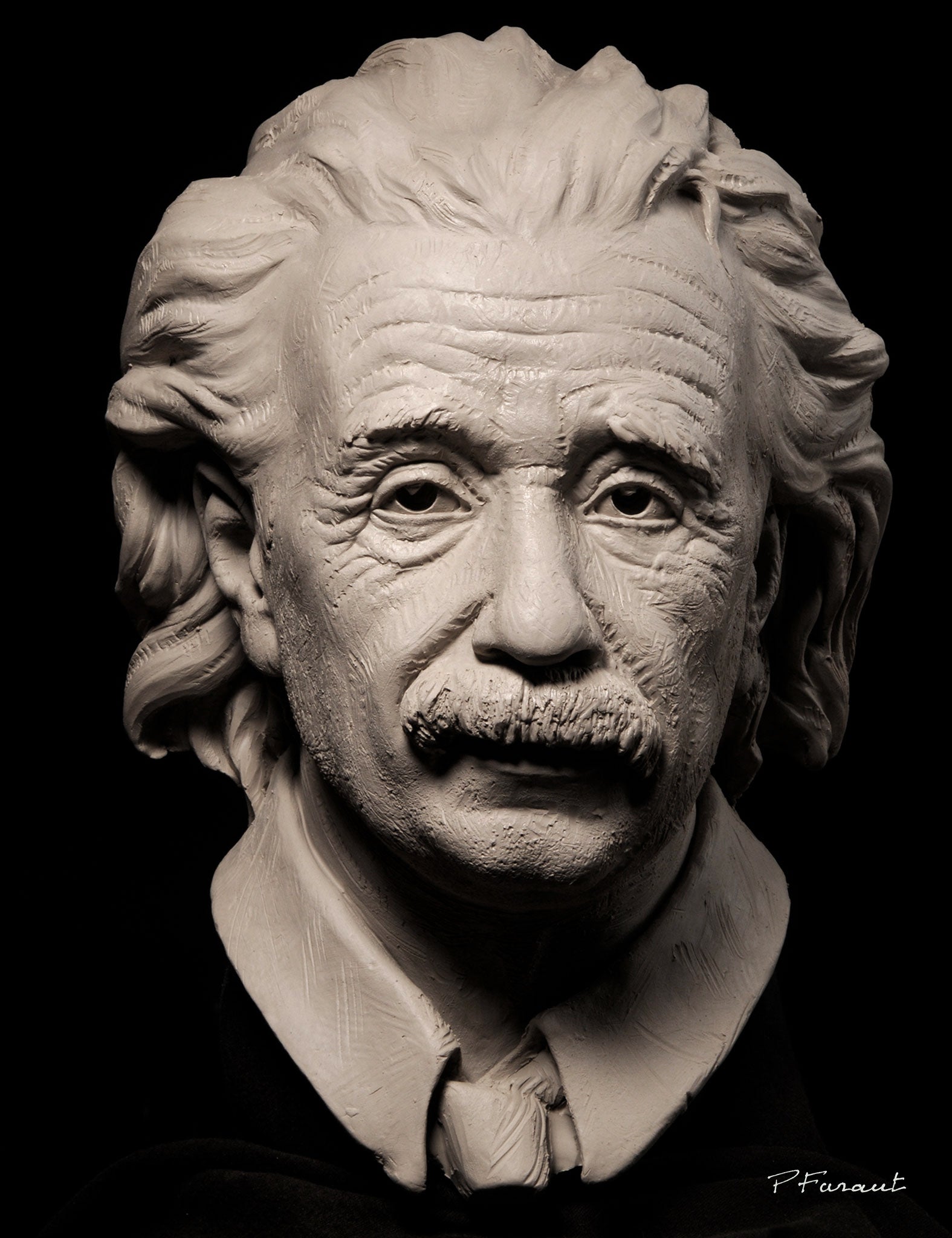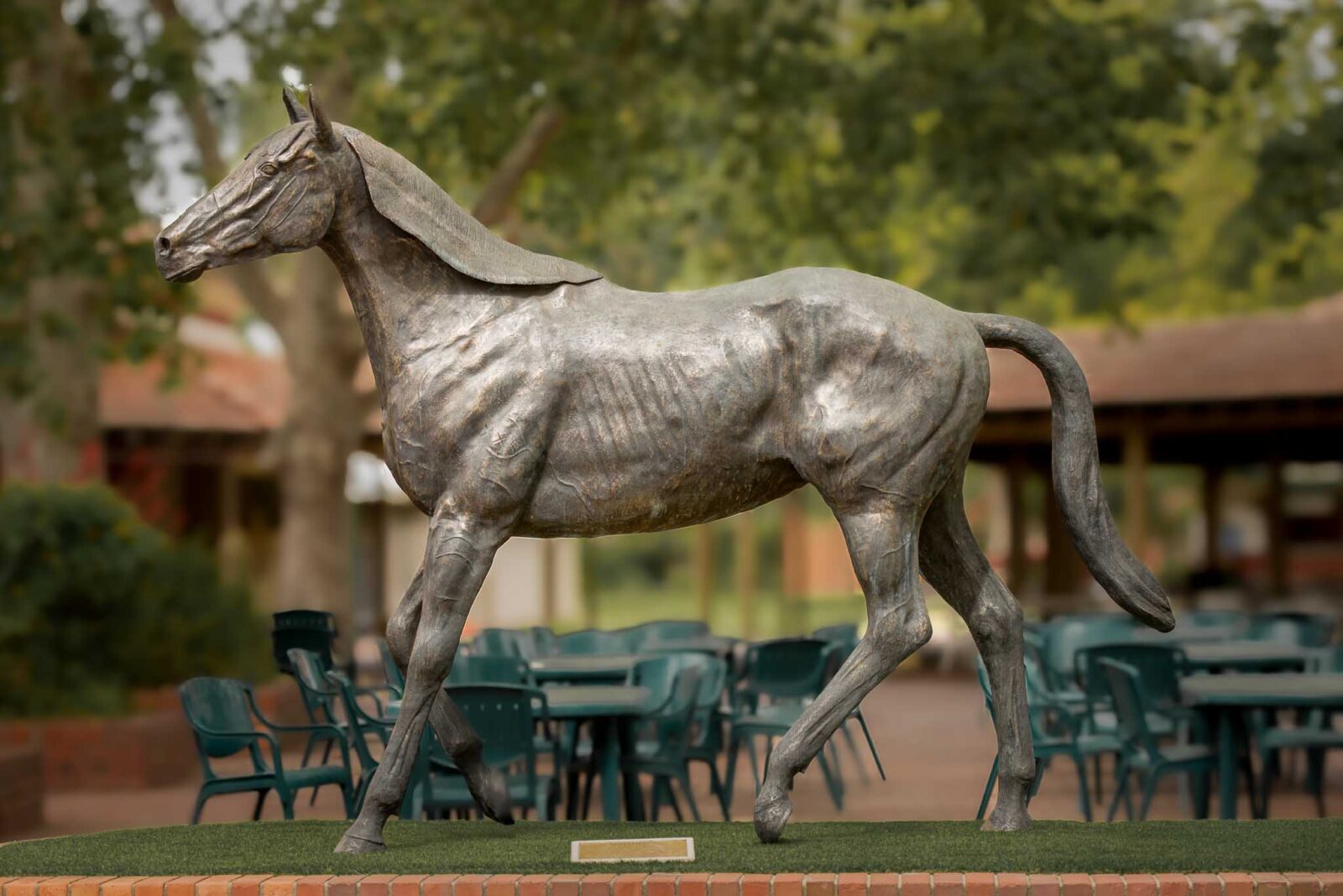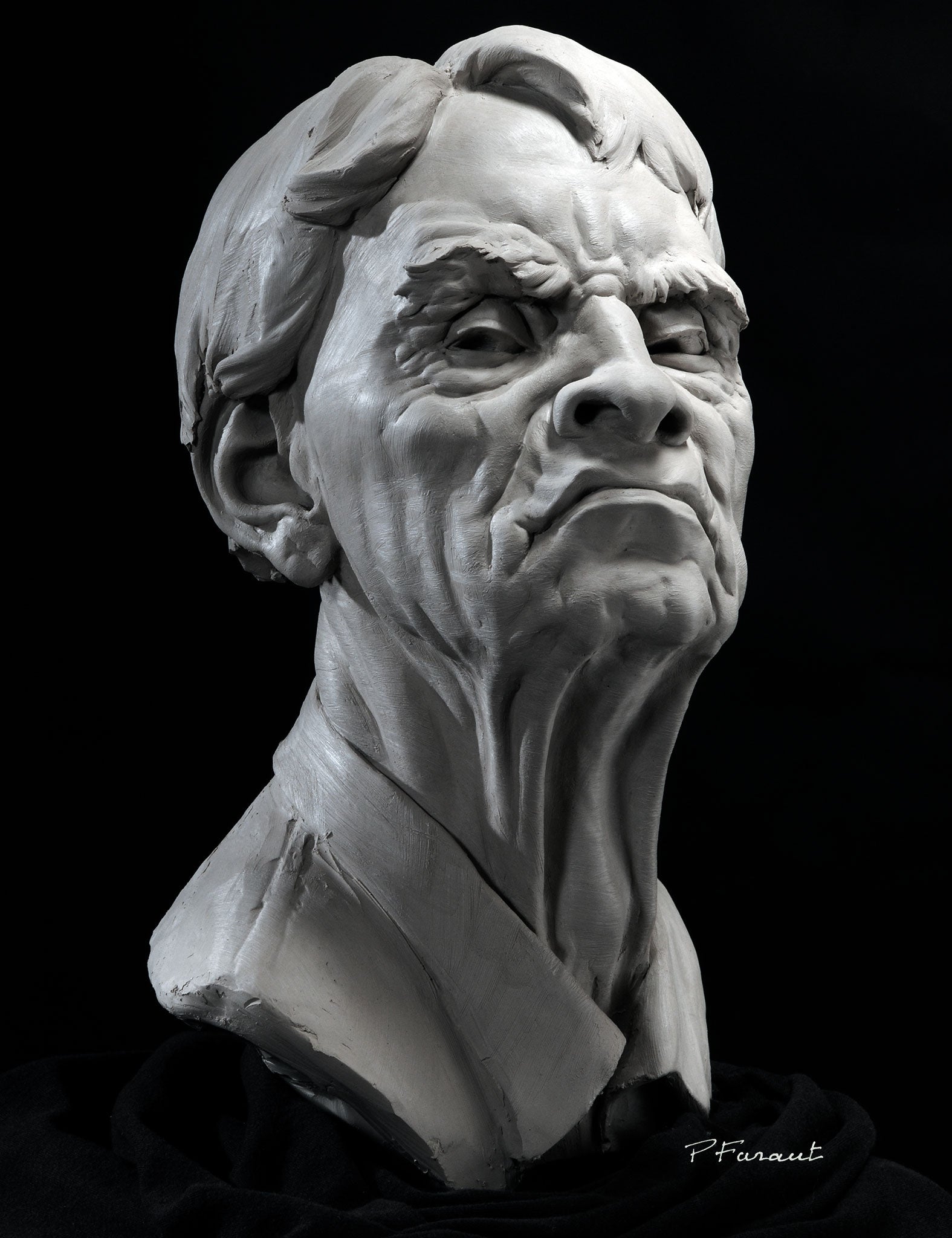Artistic Evolution: From Classic to Modern with Bronze Sculptures
Wiki Article
Sculpting the Human Type: Representations of the Body in Sculpture
Forming the Human Kind: Representations of the Body in Sculpture is a comprehensive exploration of the artistic representation of the body throughout background. This exhibition looks into the various techniques, styles, and social perspectives that have actually formed the means musicians have actually represented the human type in sculpture. From the charming marble sculptures of old Greece to the complex work of arts of the Renaissance, from the elaborate and flamboyant Baroque and Rococo sculptures to the avant-garde and abstract expressions of modern-day and modern sculpture, this event uses a fascinating journey through the evolution of this classic art type - Robert C Hitchcock Sculptor. By analyzing the varied interpretations and depictions of the body, site visitors will acquire a much deeper understanding of the imaginative, cultural, and societal influences that have shaped our understanding of the human kind.Ancient Greek Sculptures

Among the specifying characteristics of Ancient Greek sculptures is their emphasis on balance. Each component of the body is diligently crafted to be in proportion to the whole, developing a feeling of equilibrium and consistency. The sculptors paid careful attention to every information, from the positioning of muscle mass to the positioning of arm or legs, ensuring that each figure showed up both elegant and effective.
Rather than illustrating the imperfections and defects of the human kind, they looked for to create an idealized variation of fact. The sculptures frequently represented professional athletes, gods, and goddesses, with their bodies shaped to excellence.
Renaissance Masterpieces
Proceeding the expedition of the representation of the human form in sculpture, Renaissance masterpieces even more fine-tune the idyllic idea of appeal, structure upon the balanced and harmonious proportions of their Ancient Greek predecessors. During the Renaissance period, which covered from the 14th to the 17th century in Europe, artists sought to revive the classical ideals of old Greece and Rome. They researched and copied the jobs of the old masters, making every effort for a practical depiction of the body.
Among the most distinguished Renaissance carvers was Michelangelo Buonarroti. His masterpiece, the sculpture of David, exhibits the excellence and grace that ended up being synonymous with Renaissance art. Standing at over 17 feet tall, the sculpture represents the scriptural hero in a state of tranquility prior to his battle with Goliath. David's muscular physique, recorded with phenomenal detail, reveals the musician's proficiency of human composition.
One more noteworthy Renaissance sculptor was Donatello. His sculpture of Saint George, developed in the very early 15th century, showcases the artist's capacity to communicate strength and nobility via the human type. The sculpture depicts the fabulous dragon-slaying saint in a poised and confident position, radiating a sense of heroism.
Renaissance work of arts not only commemorated the physical charm of the human body yet likewise conveyed much deeper meanings and feelings. Through their thorough interest to detail and knowledgeable craftsmanship, Renaissance artists raised the art of sculpture to brand-new heights, leaving a long-term tradition that remains to influence musicians to today.
Rococo and baroque Sculpture
Baroque and Rococo sculpture exhibits the elaborate and extravagant portrayal of the human form throughout the 17th and 18th centuries. Defined by its vibrant and dramatic style, Baroque sculpture intended to captivate customers via its splendour and psychological strength. Artists such as Gian Lorenzo Bernini and Alessandro Algardi produced sculptures that communicated activity, commonly depicting figures in significant poses. Using light and shadow even more boosted the sense of drama, developing a staged effect.
Rococo sculpture, on the various other hand, emerged as a reaction to the grandiosity of the Baroque period. It embraced a more delicate and lively technique, concentrating on detailed designs and ornamental details. François Boucher and Jean-Baptiste Pigalle were popular Rococo carvers who crafted works defined by their beauty and charm. They typically depicted figures in sensual and graceful poses, reflecting the lighthearted and wayward nature of the Rococo design.
Both Baroque and Rococo sculpture positioned a wonderful focus on the human type, celebrating its elegance and sharing a variety of emotions - Bronze Sculptures. Whether it was the dynamic and effective numbers of the Baroque or the stylish and captivating figures of the Rococo, these sculptures captured the significance of the human experience, leaving a long-term effect on the art world
Modern and Contemporary Sculpture
The development of sculpting the human type proceeds in modern and modern-day sculpture. With the advent of new materials and strategies, artists have actually pressed the boundaries of depiction, challenging traditional notions of kind and appeal. Modern sculpture emerged in the late 19th century as a feedback to the altering political and social landscape. Artists such as Auguste Rodin and Constantin Brancusi looked for to capture the significance of the human form, stressing emotion and motion. Rodin's "The Thinker" and Brancusi's "Bird in Room" are renowned instances of this period.In the 20th century, the surge of abstraction and conceptual art brought new opportunities for artists. Musicians like Henry Moore and Barbara Hepworth explored the connection in between kind and room, creating organic and abstracted numbers that tested typical notions of representation. Moore's monumental bronze sculptures and Hepworth's carved stone works are commemorated for their cutting-edge use products and their ability to evoke a feeling of the body in a non-literal method.
Contemporary sculpture continues to press the limits of depiction and check out brand-new products and techniques. Artists like Antony Gormley and Ron Mueck produce hyper-realistic sculptures that challenge our understanding of the human body, while others, such as Louise Bourgeois and Kiki Smith, utilize the body as a metaphor for collective and personal experiences. The human kind continues to be an effective topic in sculpture, providing a platform for musicians to discover identification, feeling, and the human problem.
Cultural Point Of Views on the Human Body

In the expedition of forming the human type, the evaluation of cultural viewpoints on the body exposes a rich and varied tapestry of representations and analyses. Throughout history, different societies have held unique ideas and values regarding the body, leading to distinct imaginative expressions - Contemporary Sculptures. These cultural point of views form the means the body is depicted and perceived in sculpture, showing societal norms, religions, and visual perfects
For instance, ancient Greek sculptures celebrated the idealized human type, highlighting physical elegance and athleticism. In comparison, ancient Egyptian sculptures concentrated on the preservation of the body in the immortality, portraying figures with idealized functions and rigid positions.
Similarly, social viewpoints on the human body in African art often highlight common identity and spiritual ideas (Contemporary Sculptures). Sculptures from different African cultures show the human body with exaggerated attributes, representing her comment is here cultural worths and ancestral links. Indigenous societies in the Americas likewise have unique viewpoints on the human body, often illustrating it in a spiritual context and emphasizing the link between human beings and nature
The evaluation of social point of views on the human body in sculpture permits us to obtain understanding right into the worths, ideas, and aesthetic appeals of various societies throughout history. It highlights the diversity of human experiences and the methods in which art mirrors and shapes our understanding of the human form.

Conclusion
Finally, the portrayal of the body in sculpture has actually developed in time, mirroring various cultural viewpoints and creative movements. From the idealized numbers of Ancient Greek sculptures to the practical and emotive Renaissance masterpieces, and the detailed details of Baroque and Rococo sculptures, to the abstract and speculative types of modern-day and contemporary sculpture. The body has been a topic of fascination and creative exploration throughout background, showcasing the varied interpretations and expressions of the human kind.Shaping the Human Kind: Representations of the Body in Sculpture is a detailed exploration of the artistic representation of the human body throughout background. From the beautiful marble sculptures of ancient Greece to the complex masterpieces of the Renaissance, from the luxuriant and flamboyant Baroque and Rococo sculptures to the avant-garde and abstract expressions of contemporary and contemporary sculpture, this event supplies a fascinating journey via the development of this timeless art type. Musicians like Antony Gormley and Ron Mueck produce hyper-realistic sculptures that challenge our perception of the human body, while others, such as Louise Bourgeois and Kiki Smith, make use of the body as a metaphor for cumulative and personal experiences. The human form remains a powerful topic in sculpture, supplying a platform for artists to discover identity, emotion, and the human problem.
From the idealized figures of Ancient Greek sculptures to the stirring and realistic Renaissance masterpieces, and the elaborate details of Baroque and Rococo sculptures, to the abstract and speculative forms of modern-day and modern sculpture.
Report this wiki page